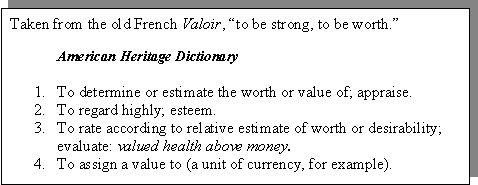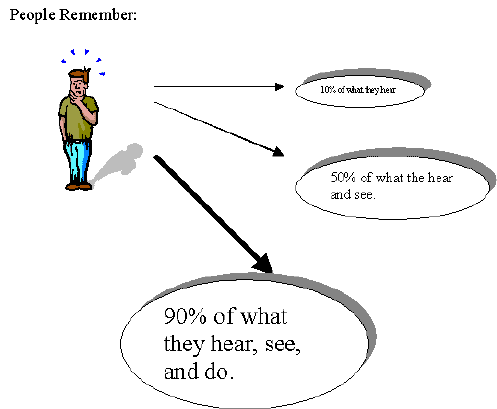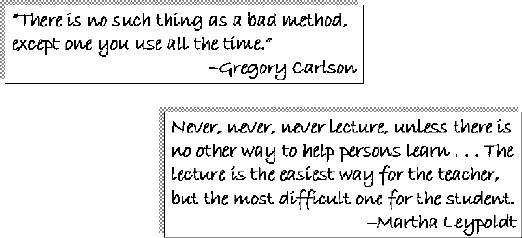

I. What constitutes excellence in teaching?
II. Developing your own teaching philosophy
III. Holy Spirit in Teaching
IV. Role of Man in Teaching
V. Different teaching methods
|
Excellent Teaching |
Poor Teaching |


Write down your ten primary values. These values will constitute your excellence in teaching paper.
1.
2.
3.
4.
5.
6.
7.
8.
9.
10.
1. Holy Spirit as Persuader
The Holy Spirit is the only persuader of spiritual truth: Read 1 Cor. 2:1-16

2. Holy Spirit as Gift Giver
Although all people are commanded to teach (Deut. 6:7; Matt. 28:19-20), certain people are spiritually gifted to teach (Eph. 4:11; 1 Cor. 12:29).
Write a definition of the Spiritual gift of teaching:
What does the “gift” of teaching look like? In other words, what is the difference between natural ability and the gift of teaching?
|
Natural Ability |
Gift of Teaching |
|
1. Effectively transfer information 2. Assimilate information 3. Imparts Knowledge 4. Intellectual 5. Changed minds |
1. Effectively transfer spiritual truth 2. Applies information 3. Imparts Wisdom 4. Spiritual 5. Changed lives |
|
Natural Ability |
Gift of Teaching |
|
Effectively educates, persuades, and changes lives outside the Church. |
Effectively educates, persuades, and changes lives inside the Church. |
1. Is there an unusual thirst to learn spiritual things?
2. Is there and unusual ability to understand spiritual things?
3. Is there an unusual desire to teach (Jer 20:9)?
4. Is there a natural ability to teach?
5. Do people benefit spiritually from your teaching?


1. ______________ the gift (1 Tim 4:14).
2. _________________ others who are effective.
3. Get ____________ in the principles of teaching.
4. Have someone ___________ your teaching and make helpful suggestions.
Christ’s Example: Conflict, parables, sermons, dilemma, illustrative, and expository.
This is the “sacrifice-it-all” attitude that you bring with you to a lesson that tells your students that you believe what you are stating. This is evident in the way you stand, speak, move, what you say, and how you live. While passion is difficult to define and impossible to imitate, it will never be missed.
|
Teaching |
Preaching |

|
Least affective teaching methods |
Most effective teaching methods |

What is the difference between preaching and teaching?

1. Mini-Lecture.
2. Sermon.
3. Role playing.
4. Devils advocate.
1. Use visual illustrations.
2. Give handouts and outlines.
3. Use Power Point.
4. Use white board.
1. Large group discussion.
2. Small groups discussion.
3. Have the students give illustration to a point.
4. Continually ask questions and wait for the answers.
5. Neighbor nudge.
6. Create dilemmas.
7. Field trips.
8. Have student debate.

1. What are the goals of my lesson?
2. What method would work best for my goals?
3. How much time do I have? One week? Six months?
4. What method would work best in the venue that I am using?
5. What are the expectations/requirements of the group?
6. How many people are in my audience?
7. Can I limit my audience according to my goals?
8. Or do my goals have to be changed because of the size of my audience?
1 Adapted from DTS class notes: Howard Hendricks and Michael Lawson, “Teaching Process.”